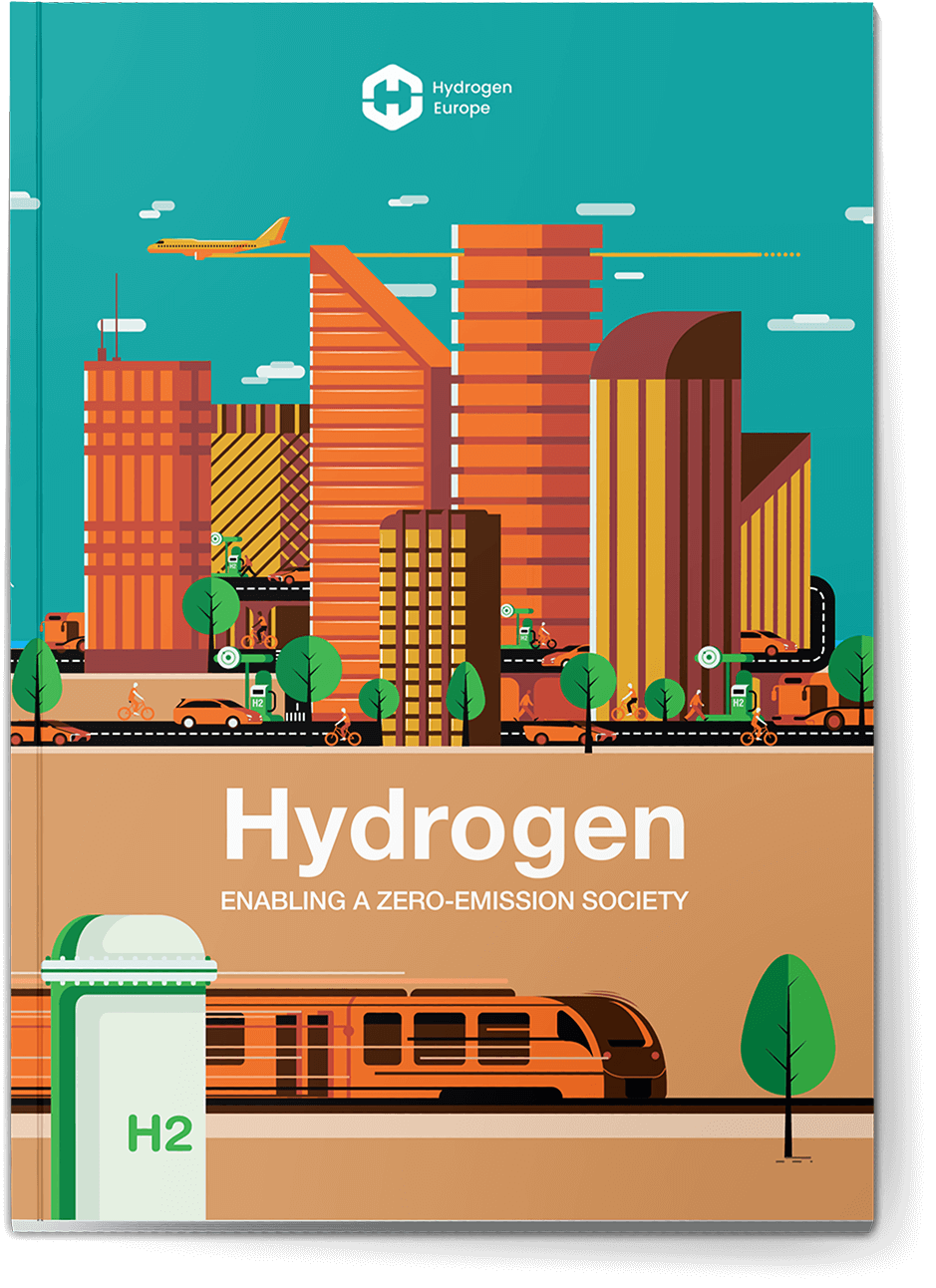Rolls-Royce’s mtu Hydrogen
Rolls-Royce’s mtu aims to produce affordable, large-sale hydrogen and on a large scale using green electricity.
Rolls-Royce’s business unit Power Systems, with its product and solution brand, mtu, has the whole hydrogen ecosystem in mind – from production of green hydrogen to use. The “Sustainable Power Solutions” unit founded for this purpose takes care of products and solutions that do not emit carbon dioxide. A first fuel cell project is already in sight for 2023.
Green hydrogen with mtu electrolyzers
High-performance electrolyzers produce green hydrogen, which can be used as fuel both for fuel cells and combustion engines and further processed into synthetic fuels. mtu electrolyzers will be equipped with polymer electrolyte membrane (PEM) stacks from Hoeller Electrolyzer.
Rolls-Royce is developing mtu electrolyzers with inputs of up to 2MW and more that can be scaled up to over 100MW and has acquired a 54% stake in Hoeller Electrolyzer, a specialist company that develops and manufactures the cell stack. The shared aim of Rolls-Royce and Hoeller Electrolyzer is to develop a solution to produce hydrogen cheaply and on a large scale using green electricity. The electrolyzer will be an ideal add-on for a mtu microgrid. It creates the possibility to store and use solar and wind power, thus making an important contribution to the energy transition.
“Hydrogen contains no carbon and cannot produce carbon dioxide when powering fuel cells or hydrogen engines. The trick, though, is to ensure that no CO2 is produced during production of the hydrogen – as is the case when hydrogen is obtained from natural gas,” explained Armin Fürderer, who heads up net zero solutions at Rolls-Royce’s Power Systems business.
This calls for ‘green’ hydrogen produced in ways that give off no carbon emissions, and that’s where solar parks and wind turbines come in – supplying the electrolyzers with electricity generated with zero CO2 emissions. The collected hydrogen can be used in fuel cells or to power hydrogen engines. Either way, electricity can be fed into the grid or used to power vehicles or ships.

Combustion engines run climate-neutral
Another possibility is to produce methanol from hydrogen and CO2 in the air. If this methanol is used in a future mtu methanol engine, CO2 is released again, but in quantities equivalent to those extracted from the air during the methanol production – meaning the whole process is ‘net zero carbon’. Rolls-Royce already cooperates with shipbuilders like Sanlorenzo and Lürssen for mtu methanol engines for the propulsion of big yachts.
According to Stefan Höller, Managing Director and the resourceful mind behind Hoeller Elektrolyzer, “With our stack, you’re going to be able to produce hydrogen in a way that’s so inexpensive it’s so far been thought impossible.” Over 25 years of expertise and pioneering work by company founder Stefan Höller have gone into the Hoeller stack, which uses significantly less platinum and iridium than usual, and a higher output pressure makes it even more powerful.
The first mtu electrolyzer using a Hoeller stack is set to go into operation in 2023, showing the part an electrolyzer can play in the overall architecture of a microgrid. An initial customer project is already planned for 2024.
Another climate-friendly hydrogen project will come to fruition even sooner: In 2023, RollsRoyce will equip the port’s future climate-neutral container terminal in Duisburg (Germany) with three mtu fuel cell units with a total output of 1,500 MW and two mtu Series 4000 hydrogen engines with 2 MW output.



